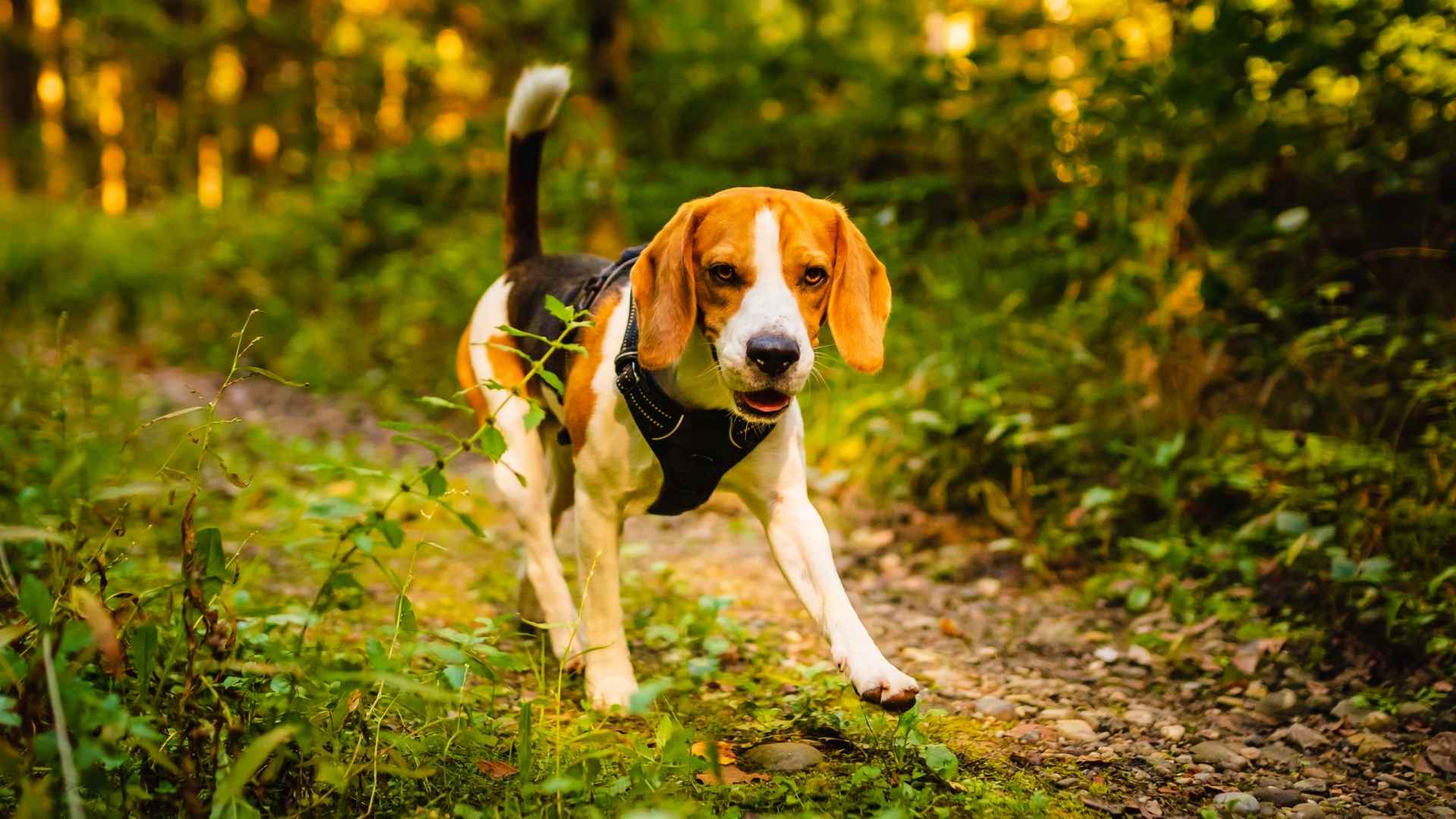There’s something magical about watching a hunting dog in action: nose to the ground, tail wagging with anticipation, every muscle focused on the invisible trail left by quarry hours, even days before. These remarkable canines have been bred for centuries, not just for their stamina or loyalty, but for their almost supernatural sense of smell and instinct to follow a scent wherever it may lead.
For hunters, outdoor enthusiasts, and even search and rescue teams, trailing dogs represent the ultimate partnership between human and animal—a seamless collaboration where centuries-old instincts are put to modern use.
But not all dogs are born equal when it comes to tracking and trailing. Some breeds have earned legendary status for their relentless drive, intelligence, and olfactory prowess.
In this article, we’ll explore nine of the most celebrated hunting dog breeds renowned for their ability to follow a trail, uncovering what makes each one special, their history, and why their skills continue to fascinate us today.
Hunting Dog Breeds That Follow The Trail
1. Golden Retriever
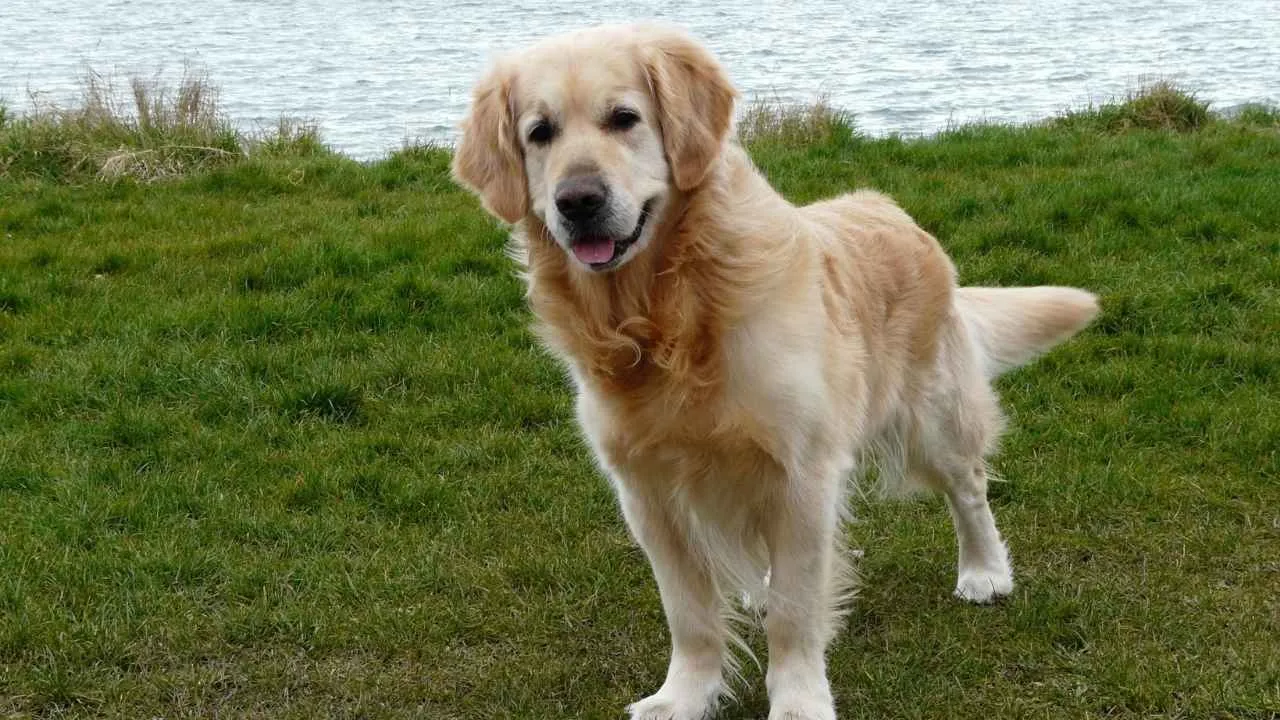
Origin: Scotland
Traits: Intelligent, friendly, eager to please
Originally bred for retrieving and trailing game in the Scottish Highlands, Golden Retrievers are known for their enthusiastic approach to work and life. They’re naturally athletic, with a sturdy build that lets them handle all-day outdoor activity without tiring easily.
According to the AKC, Goldens are quick learners and respond eagerly to training, making them favorites not just for hunters, but for families and service dog programs alike. Their famously “soft mouth” means they can carry fragile items without damaging them, and many Goldens enjoy games of fetch or swimming as much as formal fieldwork.

Temperamentally, they’re steady, reliable, and remarkably patient, making them excellent with children and other animals. Their thick, water-resistant coats need regular brushing, but protect them well from the elements.
Goldens thrive on companionship and do best when included in family activities. Because of their intelligence and willingness to work, they also excel in therapy and assistance roles. They’re happiest when both body and mind are kept active.
With their classic good looks, cheerful personality, and versatility, it’s no wonder Golden Retrievers remain one of the world’s most popular breeds.
2. Bloodhound
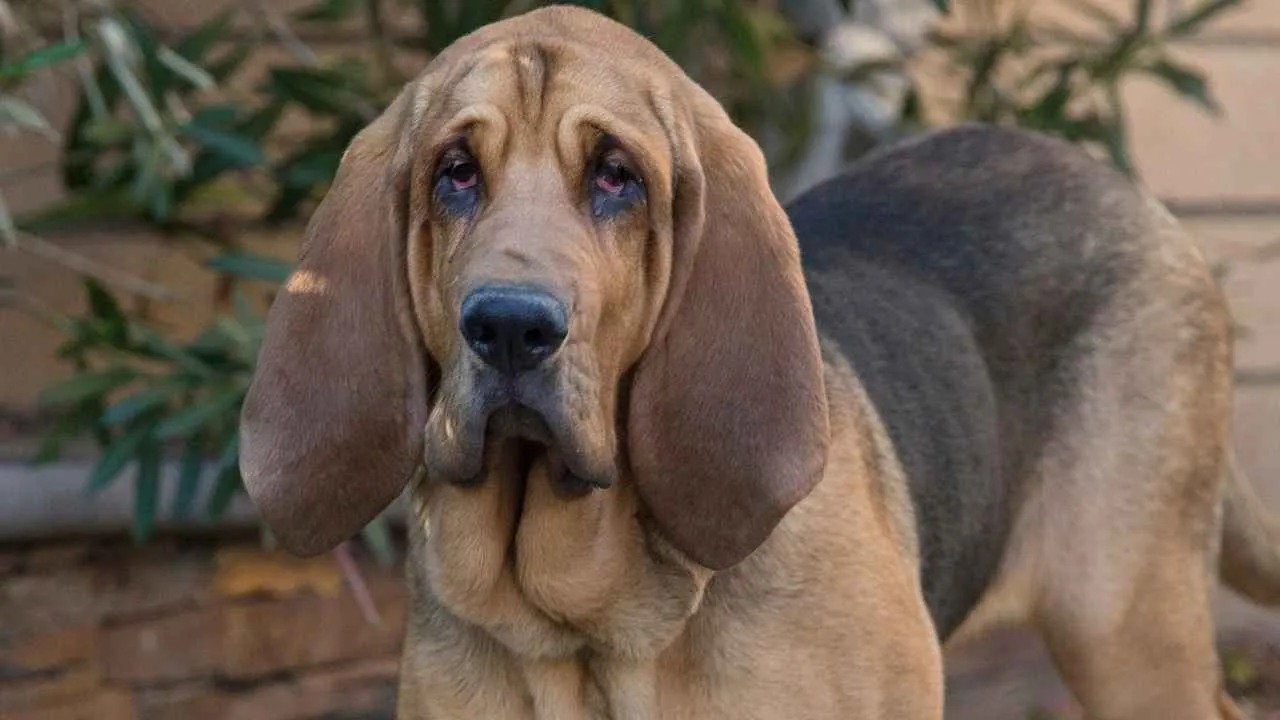
Origin: France/Belgium
Traits: Persistent, gentle, focused
Famous for their unmatched scent-trailing ability, Bloodhounds bring more than just a powerful nose to the table. Their large, droopy ears and wrinkled skin give them a memorable appearance and actually serve a purpose—helping capture scent particles close to the nose.
Bloodhounds are large and strong, needing plenty of space to roam and regular exercise to stay fit. They have a calm, tolerant nature, which makes them good companions for children and other pets.
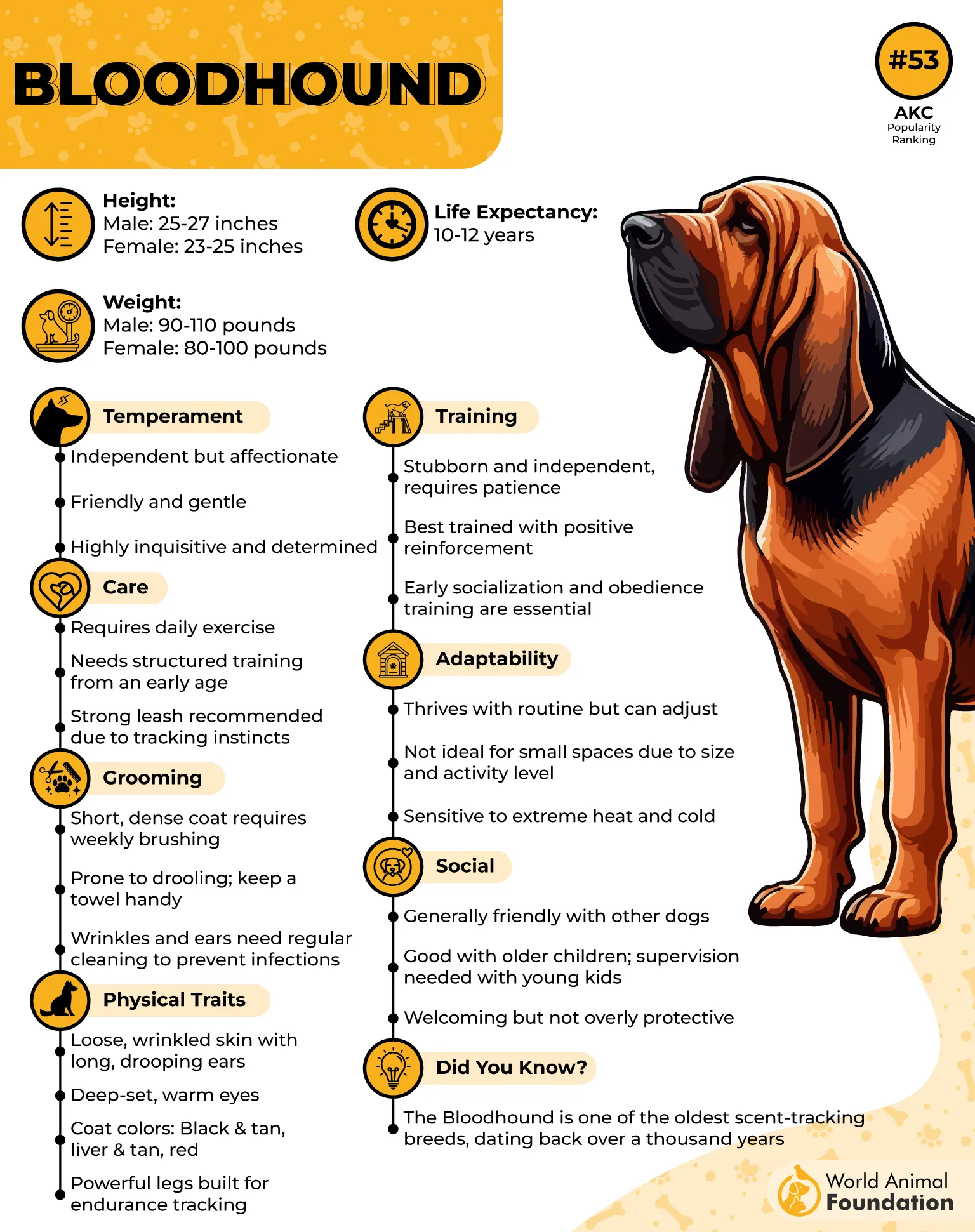
Training a Bloodhound requires patience and consistency, as their intelligence often comes with a strong independent streak. Positive reinforcement works best.
Their deep, resonant voices can be surprisingly loud, and their determination can lead them into trouble if left unsupervised. Bloodhounds benefit from scent games, tracking exercises, or long walks to keep them satisfied.
Their short coats are easy to care for, though their ears and wrinkles should be checked regularly. People who appreciate quirky, affectionate, and deeply loyal dogs often find themselves charmed by the Bloodhound’s gentle presence at home.
3. American Foxhound
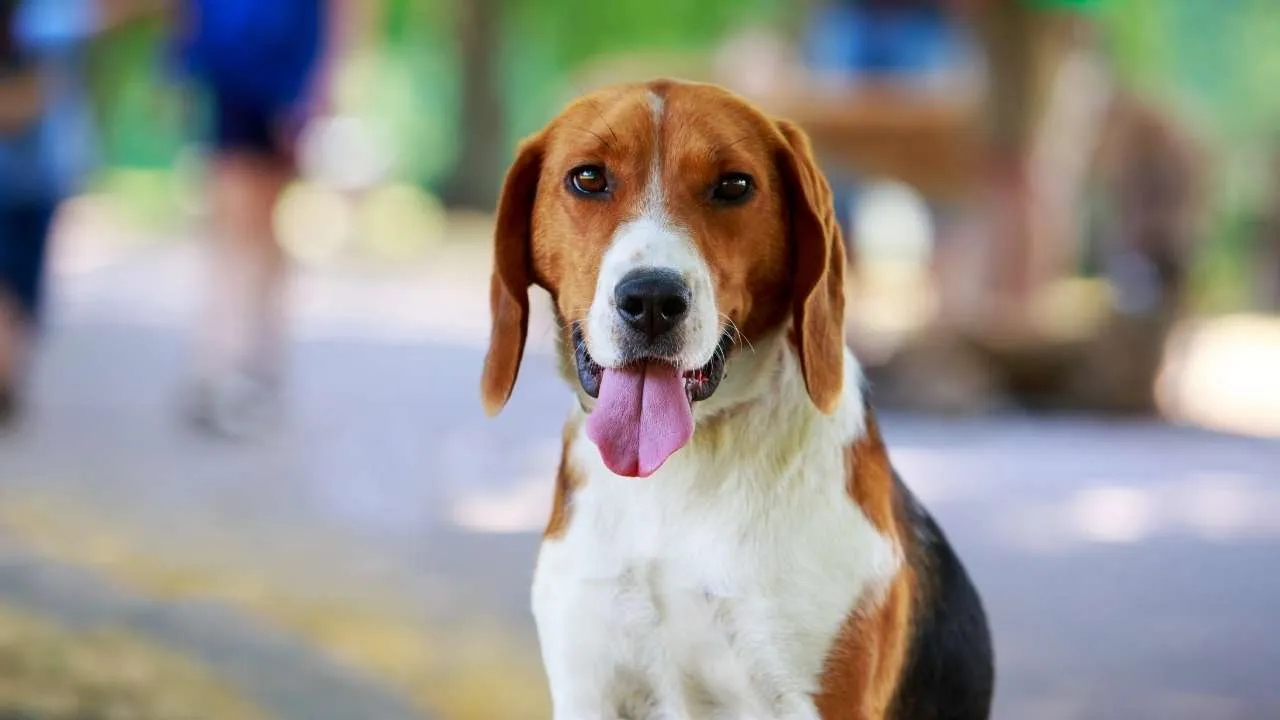
Origin: United States
Traits: Energetic, amiable, driven
Developed for fast-paced scent trailing across varied American terrain, the American Foxhound is lean, long-legged, and built for endurance. This breed needs plenty of physical activity—long walks, runs, or a large, secure yard are ideal to prevent boredom.
Foxhounds are famously sociable with other dogs, making them perfect for multi-dog households or those who enjoy the energy of a lively pack.
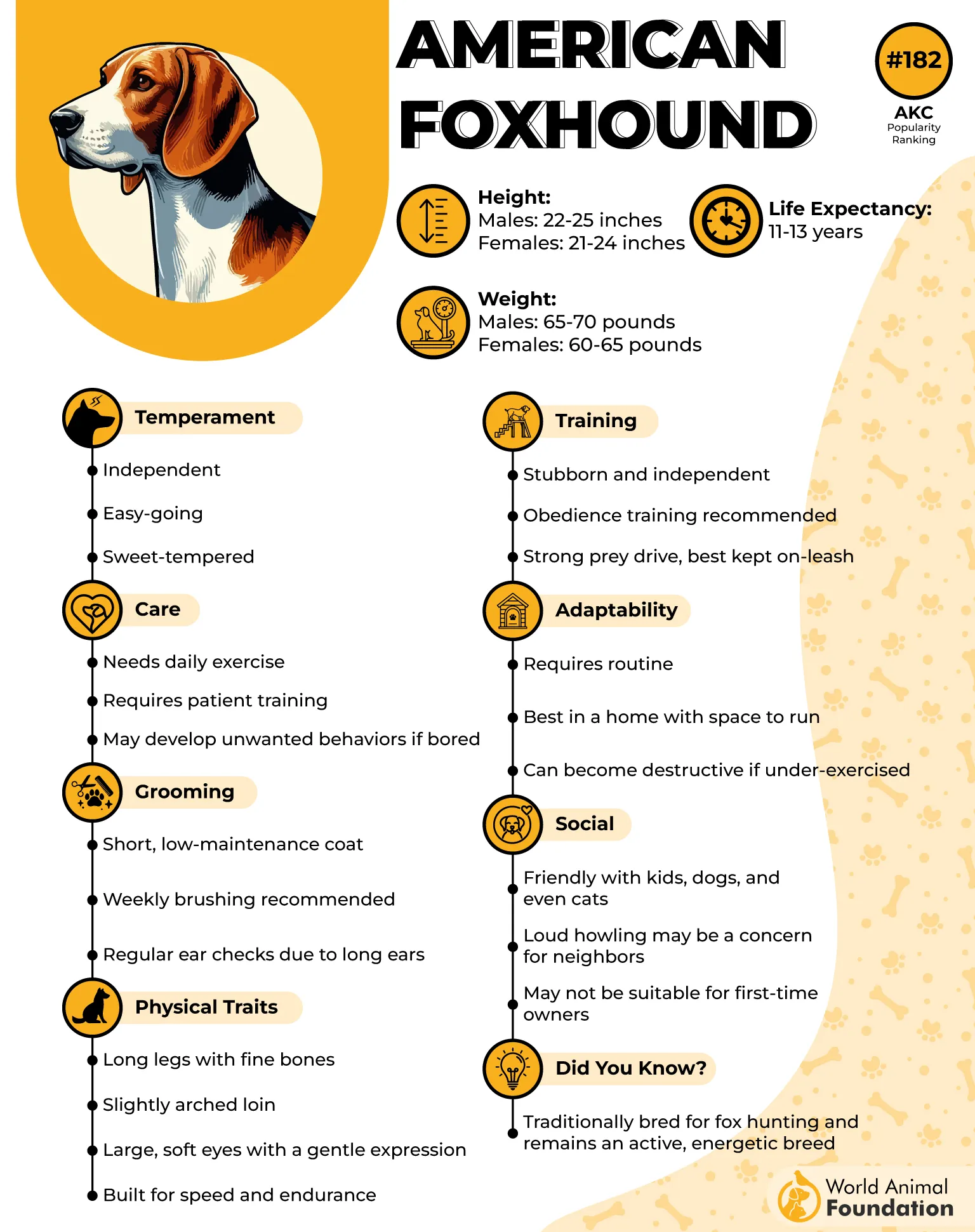
Though friendly and generally gentle, American Foxhounds can be independent and occasionally stubborn, so training is best started young and kept positive.
They have a distinctive, musical bay that some owners love and others may need time to appreciate. Grooming is simple due to their short, smooth coat, but their high energy means regular activity is a must.
In the home, they’re affectionate and even-tempered, thriving in active families who love the outdoors. They’re known for being good with children, patient with strangers, and adaptable in a variety of environments.
4. Plott Hound
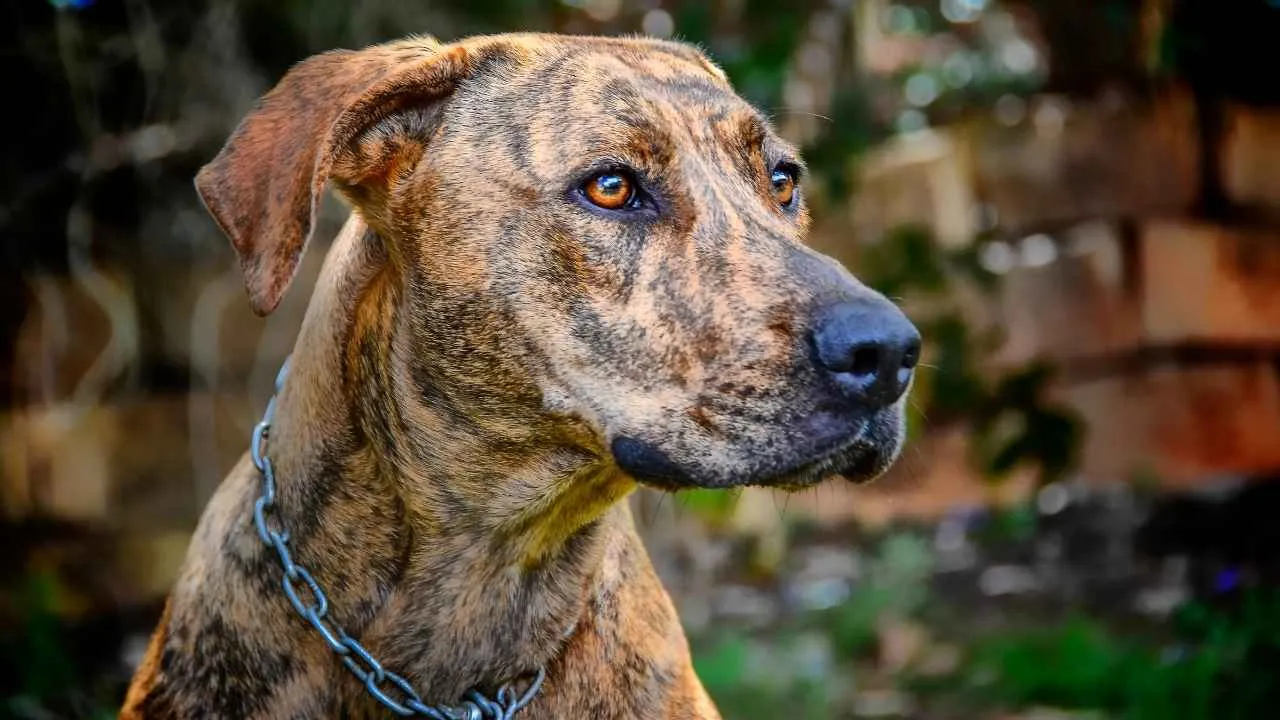
Origin: United States (North Carolina)
Traits: Bold, loyal, driven
Used for trailing and baying big game in the rugged Appalachian Mountains, the Plott Hound is an athletic, muscular breed with a striking brindle coat. They’re known for being tough and courageous outside, yet devoted and loving at home.
Plotts do well in households where they’re given regular opportunities for exercise, such as hiking, jogging, or active play. They’re quick thinkers and problem-solvers, so mental challenges—like puzzle toys or scent games—are a great way to keep them engaged.
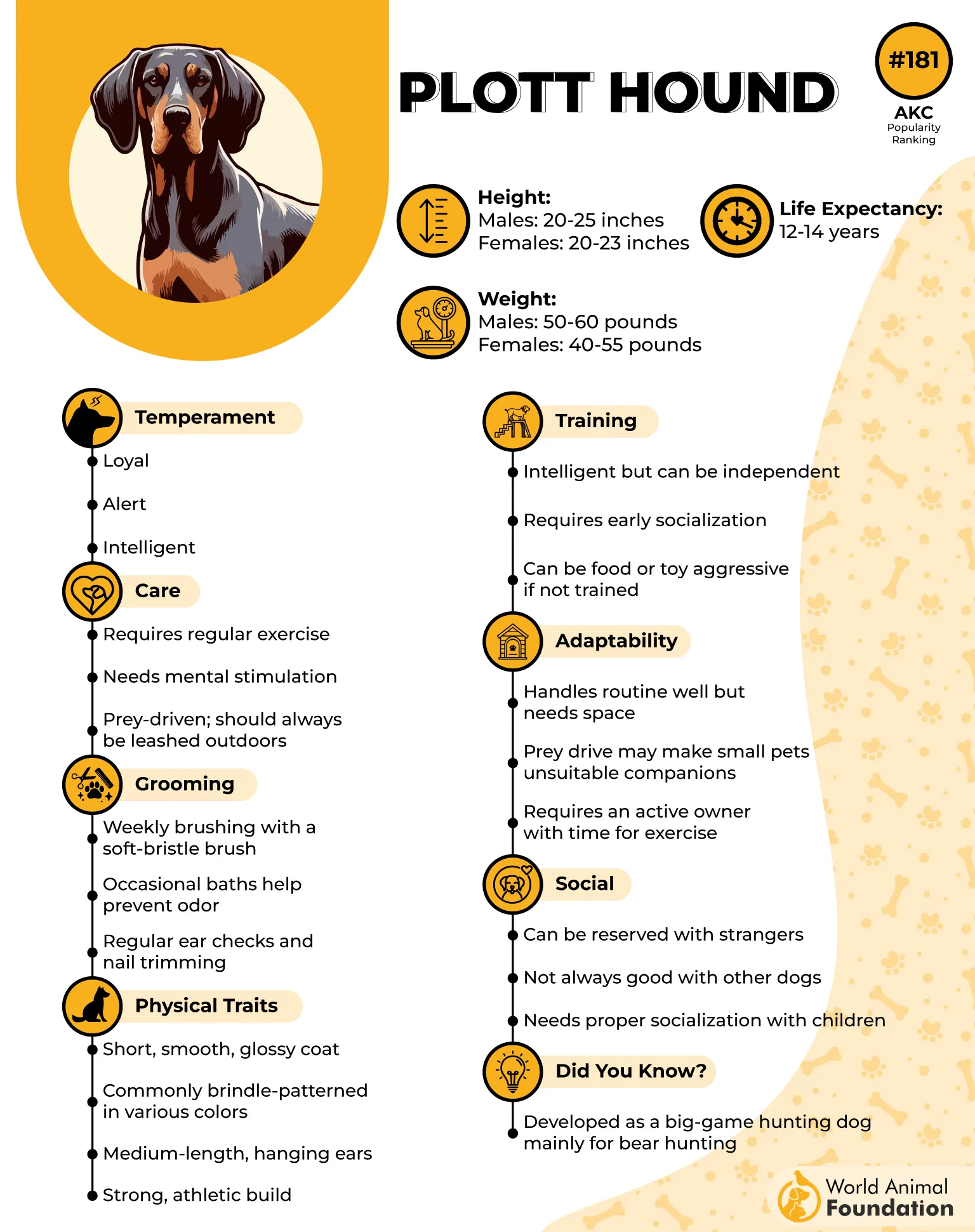
They form strong attachments to their people and are protective without being aggressive. As per PetMD, early socialization and training are important to help them get along with other pets.
Their distinctive voice carries far, a trait prized by hunters but something neighbors should be aware of. While their short coat is low maintenance, regular checks for ticks or burrs are wise after outdoor adventures.
Plotts often enjoy family life, especially when treated as partners and given plenty of affection.
5. Nova Scotia Duck Tolling Retriever
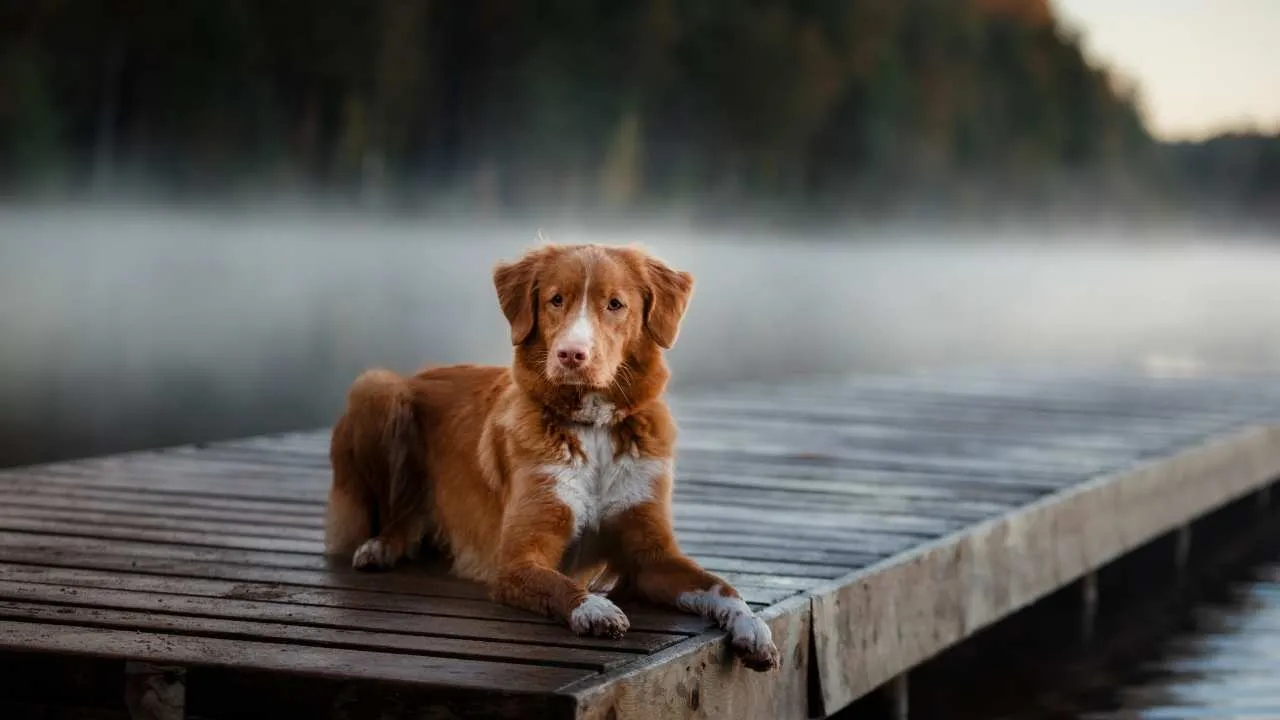
Origin: Canada
Traits: Intelligent, energetic, playful
Bred for both trailing and retrieving waterfowl, the Nova Scotia Duck Tolling Retriever is the smallest of the retriever breeds. Tollers are endlessly enthusiastic and thrive on activity—agility courses, dock diving, and interactive play all appeal to their lively spirit.
Their playful, fox-like antics aren’t just fun to watch; they’re part of the breed’s history and unique working style.
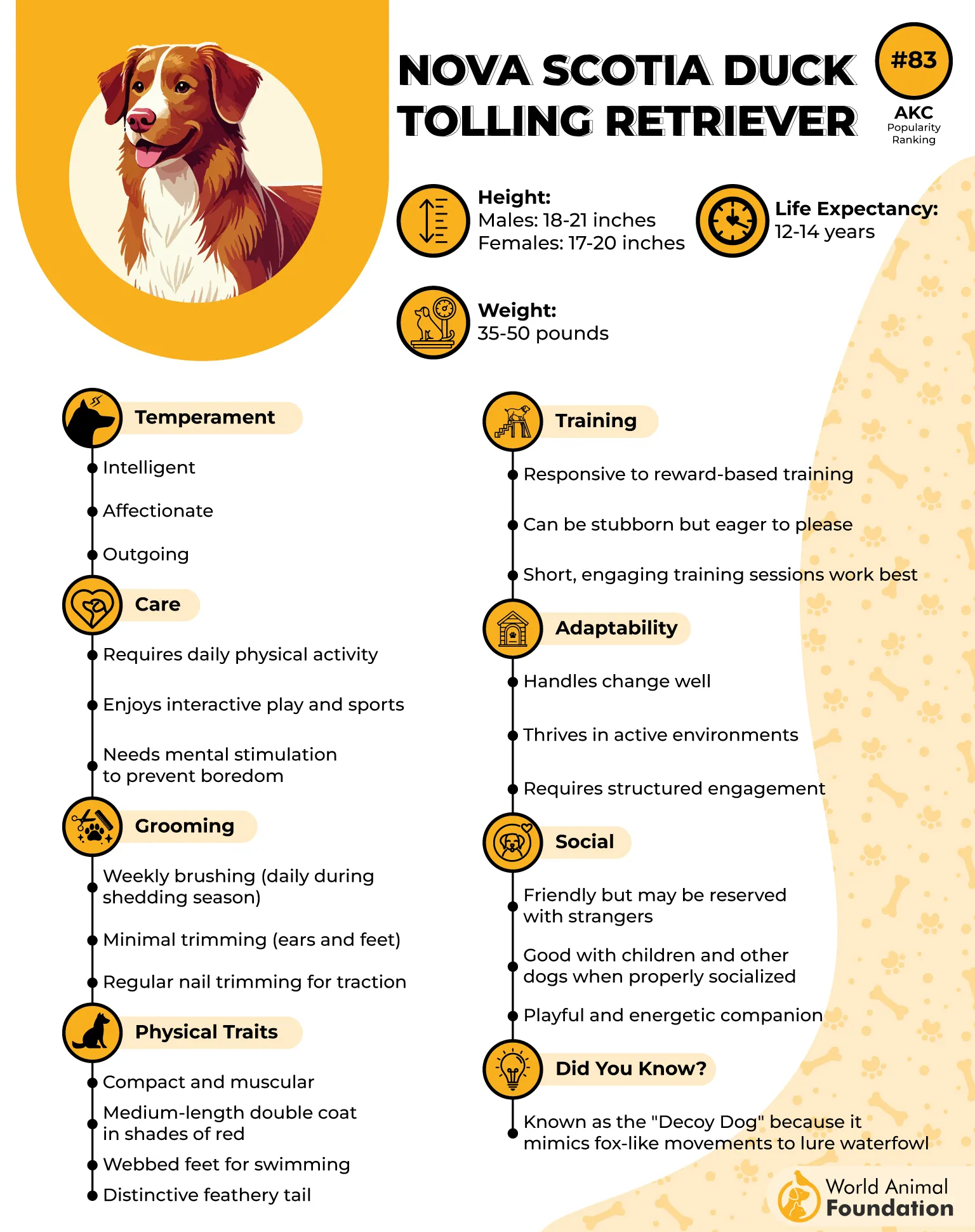
Their medium-length double coat is water-repellent and sheds seasonally, so regular brushing is a must. Tollers bond closely with their families and are happiest when included in outings and games.
While friendly with strangers, they’re especially devoted to their people and can be sensitive to harsh training methods; gentle, reward-based approaches work best.
Intelligent and alert, Tollers pick up new tricks quickly and enjoy problem-solving challenges. They do well in active homes where their need for exercise and companionship is respected, and their cheerful presence makes every day brighter.
6. Chesapeake Bay Retriever

Origin: United States (Maryland)
Traits: Hardy, intelligent, protective
The Chesapeake Bay Retriever was developed for water rescue and retrieving in the cold, rough waters of the Chesapeake Bay. Chessies are rugged, strong, and have a distinctively oily, water-resistant coat that helps them brave harsh conditions.
These dogs need ample exercise—swimming, running, or hiking suits them well, and their powerful build thrives on regular physical challenges.
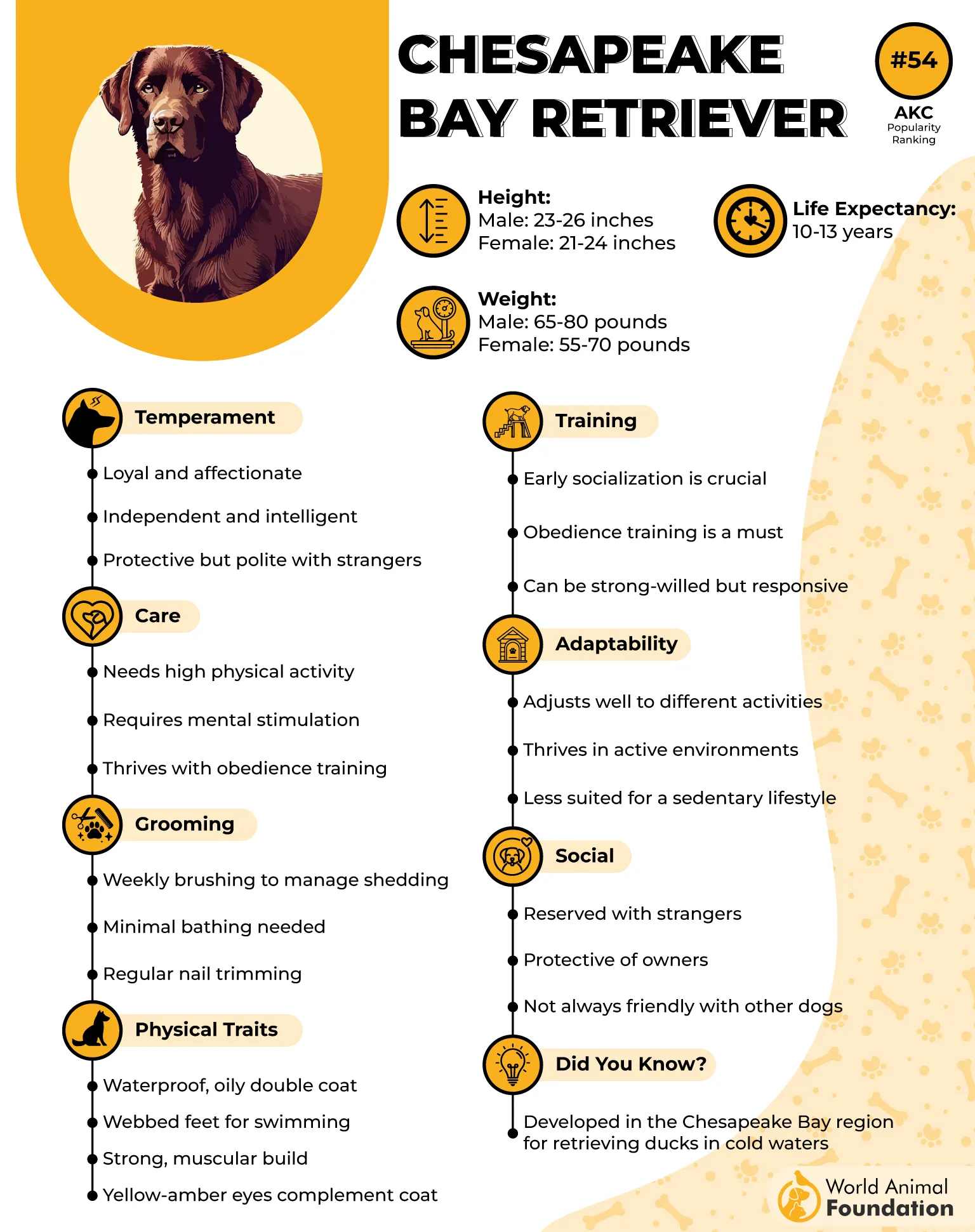
They’re deeply loyal to their families and are naturally protective, sometimes appearing reserved with strangers until properly introduced. Consistency and early training are important, as Chessies are known for their independent streak.
Their intelligence means they excel at advanced obedience, scent work, or any job that gives them a mental workout. They’re typically good with children and other animals, provided they’re well-socialized from a young age.
Regular grooming is essential to keep their thick coats healthy. Owners who appreciate a dog with grit, determination, and a heart of gold will find the Chesapeake Bay Retriever a steadfast companion.
7. Beagle
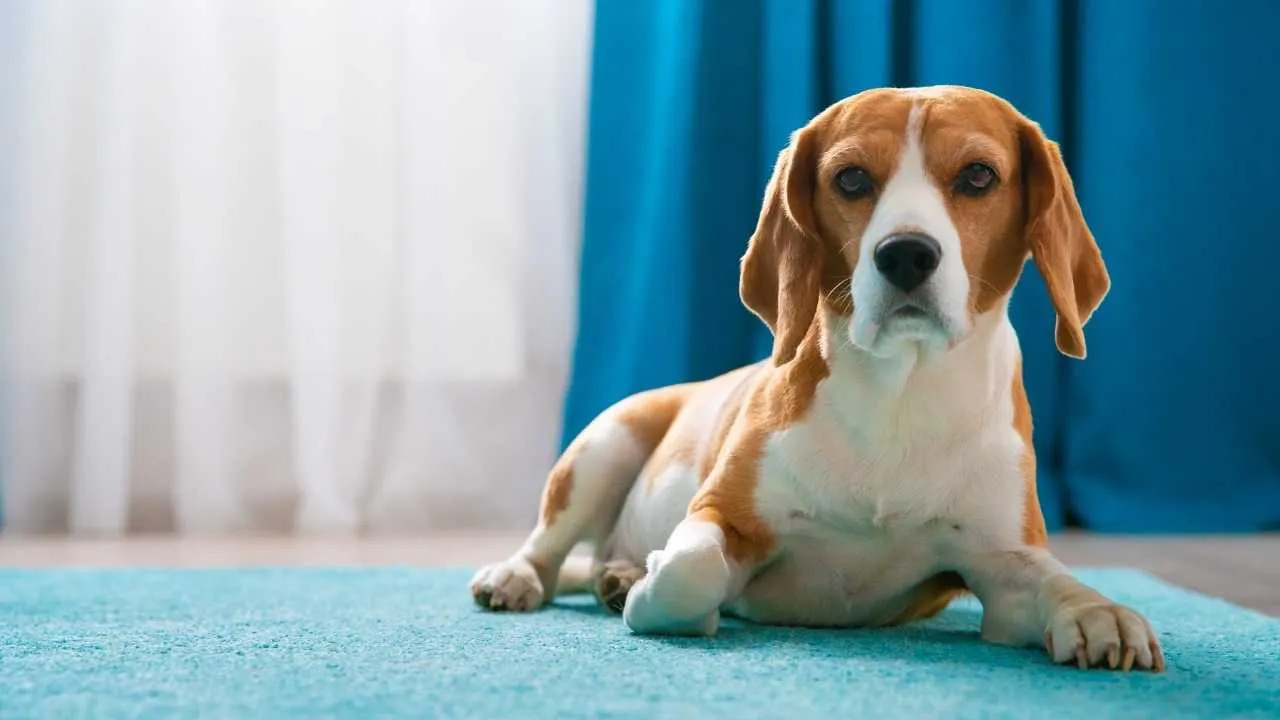
Origin: England
Traits: Merry, curious, brave
Originally bred to follow scent trails in the English countryside, Beagles are famous for their persistence and cheerful personalities. Their compact size and boundless enthusiasm make them ideal for families who enjoy being outdoors.
Beagles thrive in environments where they can explore safely—fenced yards and regular walks are essential, as their powerful noses may lead them on unexpected adventures.
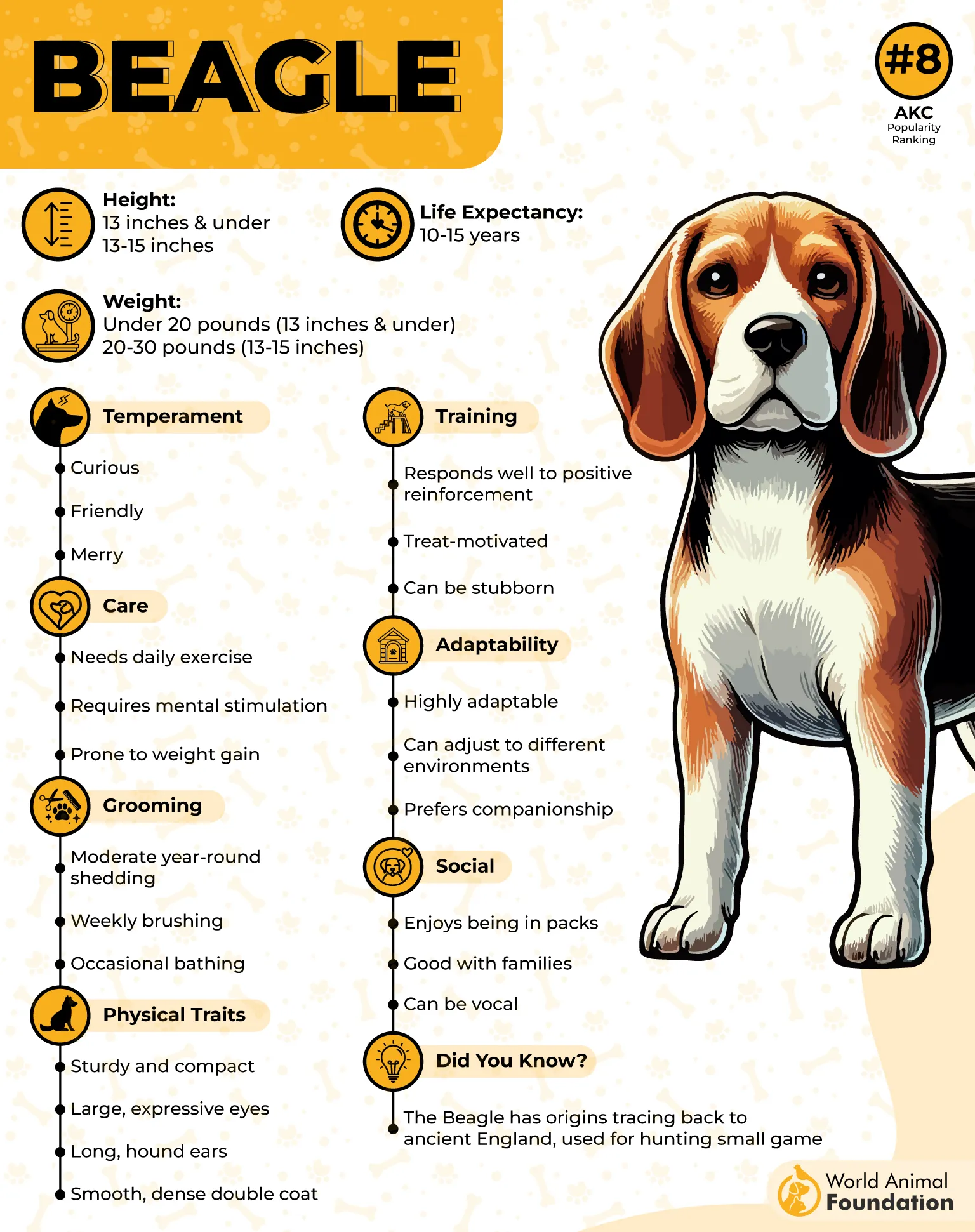
With a friendly, outgoing nature, Beagles get along well with children, other dogs, and even cats if socialized early. Training can be a test of patience due to their independent streak, but they respond well to positive reinforcement and food rewards.
Beagles are known for their “singing” voices—a trait some owners find charming, others less so! Their short coats require minimal grooming, but regular ear checks help prevent infections.
Curious and playful, Beagles love to be involved in family life, especially if there are games or treats involved.
8. Brittany Spaniel
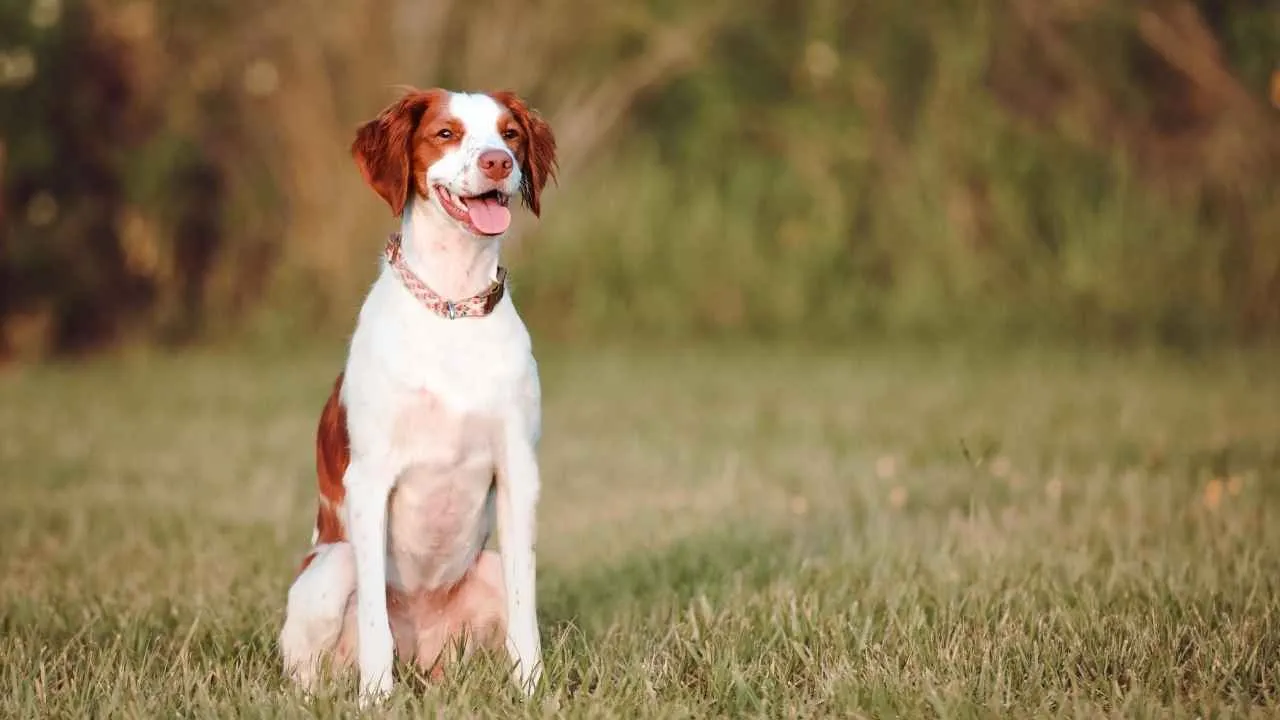
Origin: France
Traits: Energetic, affectionate, sensitive
Initially bred for bird hunting in the fields and forests of France, Brittany Spaniels are quick, nimble, and exceptionally eager to work. Their natural athleticism means they excel in dog sports, agility, and, of course, any outdoor adventure.
Brittanys are highly responsive to training and thrive on praise and interactive play, bonding closely with their owners.
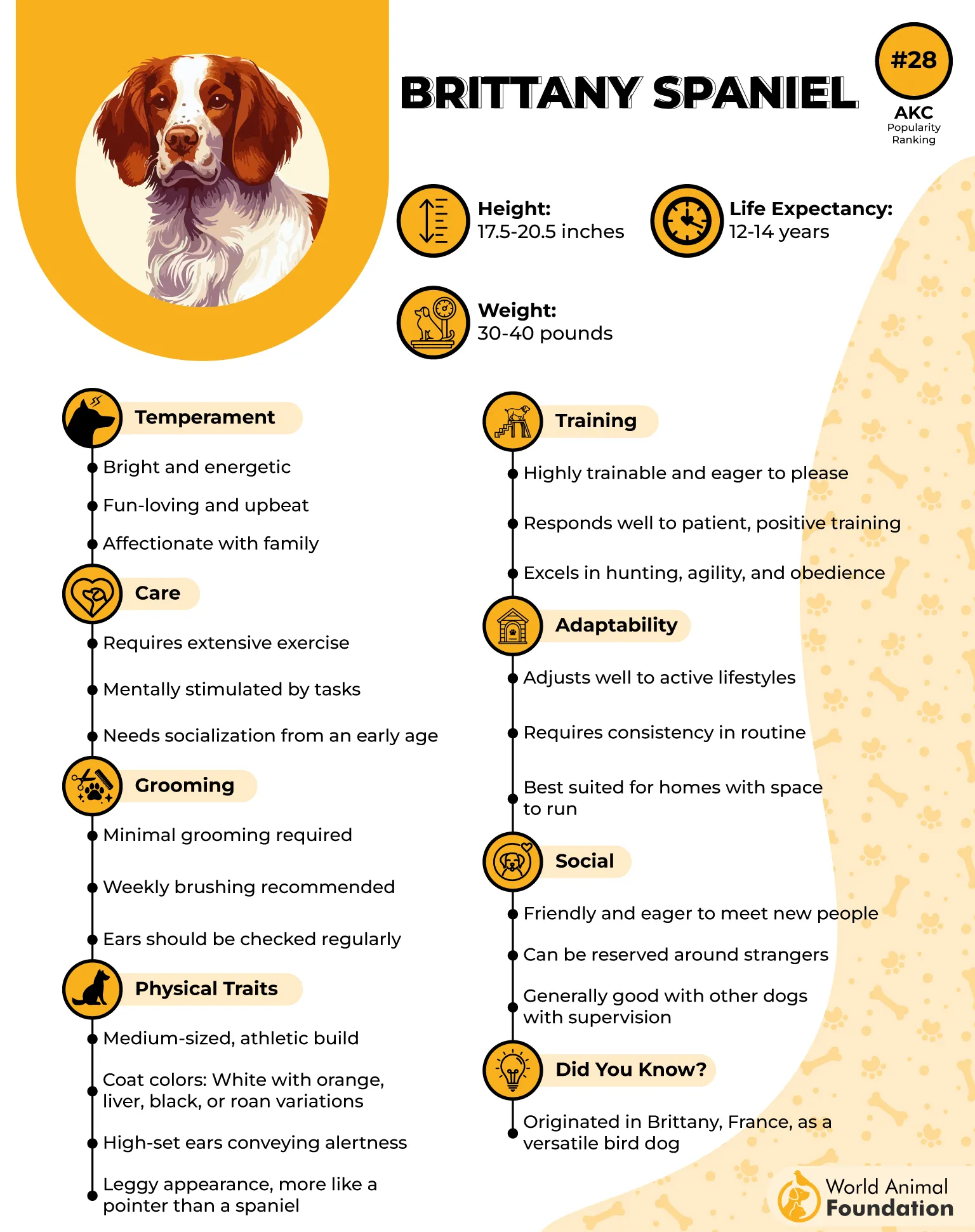
They are sensitive dogs, easily picking up on their humans’ moods, and they do best in environments with gentle guidance and positive reinforcement.

Brittanys typically get along well with children and other pets, provided they have the exercise they crave. They’re known for their beautiful, low-maintenance coats, though a good brushing every week or two keeps them looking their best.
Without enough activity, Brittanys can become restless, so a household that enjoys hiking, running, or long walks is ideal. With their affectionate nature and energy, they are happiest as active members of the family.
9. German Shorthaired Pointer
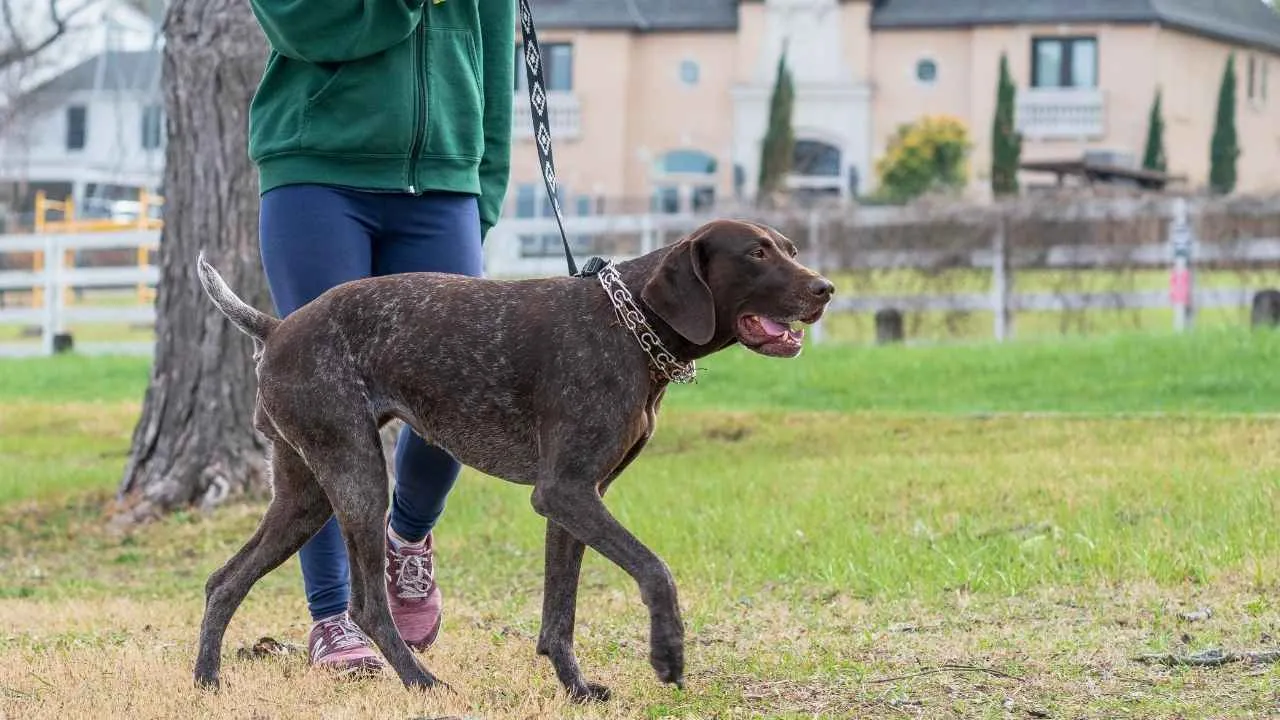
Origin: Germany
Traits: Versatile, intelligent, athletic
Bred for all-purpose hunting and trailing, the German Shorthaired Pointer (GSP) is a powerhouse of energy and enthusiasm. They’re muscular, quick, and built for endurance, excelling in everything from tracking to swimming and running.
GSPs are intensely people-oriented and want to be part of every family activity, whether it’s a long hike, a jog, or a game in the yard.
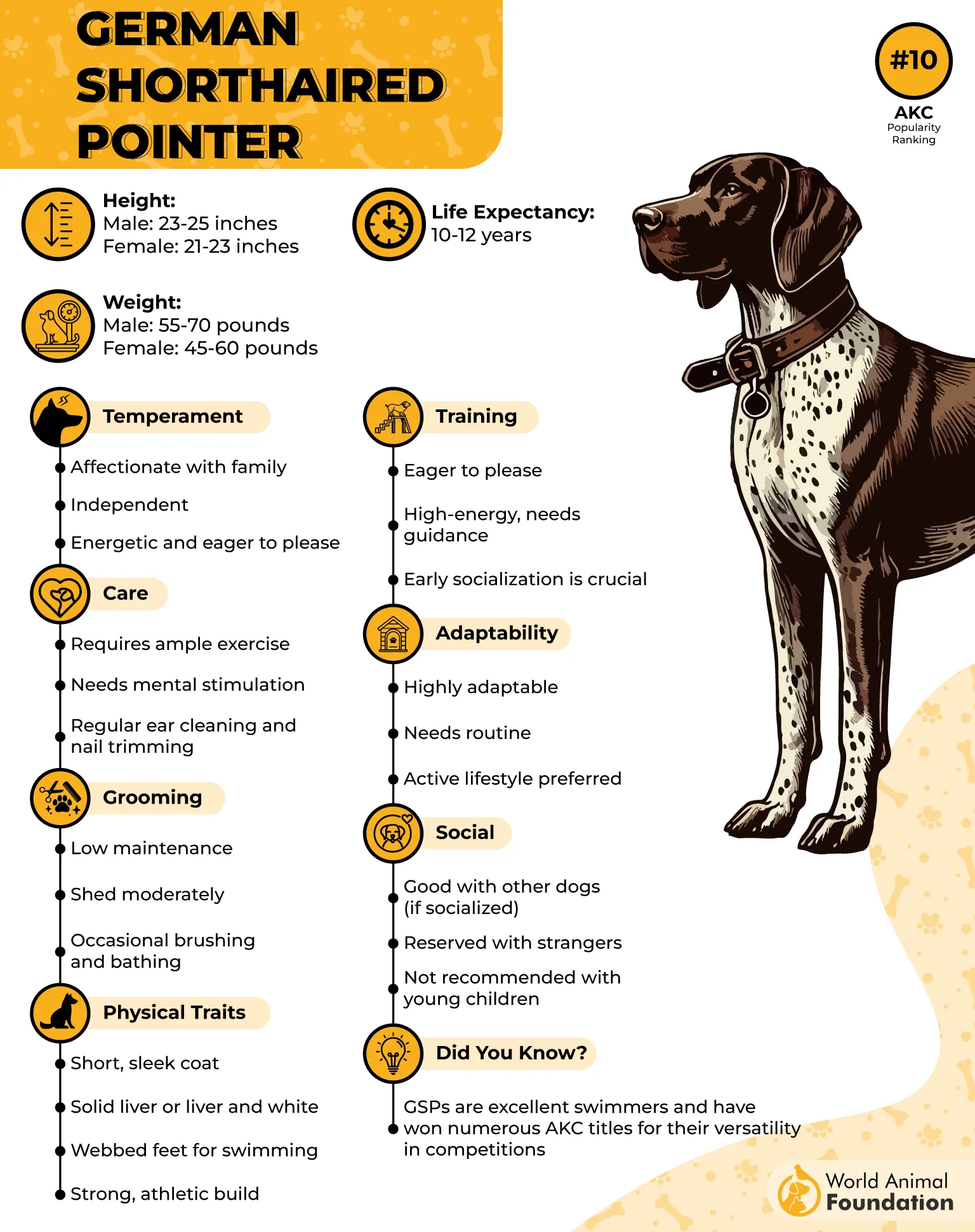
Their intelligence makes them easy to train for owners willing to keep things interesting—boring routines won’t cut it with this clever breed. Purina states that they need both mental and physical challenges, so activities like advanced obedience, agility, or scent games are perfect.
GSPs are typically friendly with children and polite with strangers if properly socialized. Their short coats are easy to maintain but do shed, so a regular brush-down is helpful.
For people who want a true outdoor companion—always ready for adventure and full of personality—the German Shorthaired Pointer is an ideal match.
Conclusion
The world of bird dogs and hunting breeds is as varied and fascinating as the landscapes they roam. Each versatile hunting dog—whether pointing upland birds, retrieving ducks, or tracking small game through rough terrain—brings something special to the hunting world and family life alike. Many of these breeds, from those with distinctive floppy ears to the rugged, tough dogs that will follow a trail for miles, have earned their reputation as loyal hunting companions and wonderful pets.
According to the American Kennel Club, these breeds are not only bred specifically for fieldwork but are also celebrated as great family dogs and loving family pets. Their quick learning abilities, energy, and determination make them excellent hunting partners, whether pursuing small animals or helping bird hunters recover downed birds. Some breeds even prove brave enough to face formidable opponents, including mountain lions.
From active dogs eager for every hunting trip to those who excel at home as loyal companions, the best hunting breeds thrive on both the challenge of the outdoors and the warmth of family life. Their ability to track scents, retrieve game, and adapt to new situations makes them invaluable in the field and as part of the household. Whether you seek a dog for hunting waterfowl, tracking small game, or simply a great family pet with a storied past, these breeds are living proof that a hunting companion can be both a skilled worker and a cherished member of the family.


